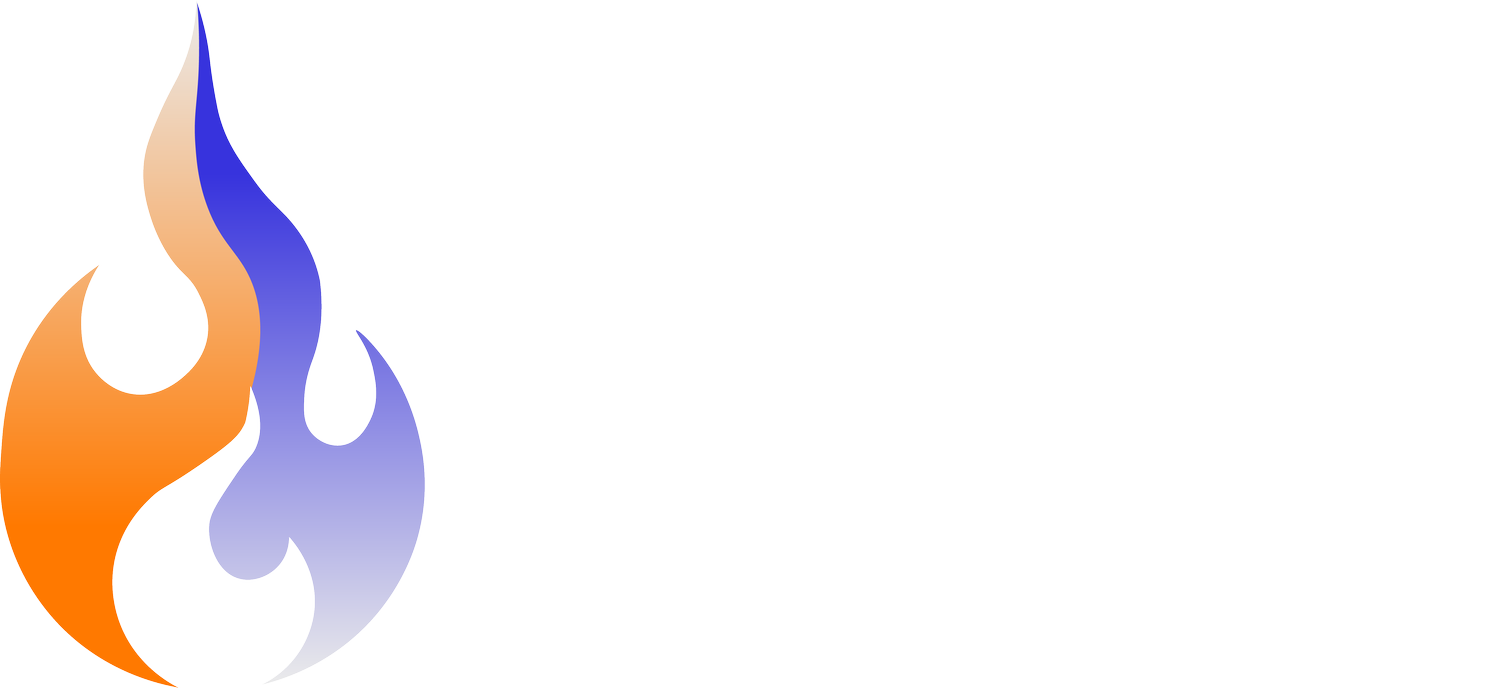What is “good technique”?
Training is the key to changing how your clients look and perform.
How they train will dictate the type of results they get, and the rate at which they achieve those results.
To start the discussion on the most effective training methods, we first need to unpack “technique”.
What is technique?
Plenty of people throw the term 'technique' around but few take the time to define it. Here is our simple definition:
“Execution of a movement through a pre-determined range of motion, with adherence to reference lines decided by an individual’s morphology, in accordance with the target outcome.”
Now, your clients need to know that you understand this, so let’s break that definition down:
“Execution of a movement through a pre-determined ROM”
The purpose of defining a technique is to standardise what a movement should look like.
Range of motion (ROM) is a variable we need to control. Without a set ROM, it's difficult to manage progressive overload or the exercise outcome. Selecting our ROM depends on factors such as target outcome, line of force, available joint range, and skill proficiency.
“…with adherence to reference lines”
Reference lines are a set of 'lines' you can observe throughout a movement - usually from one joint to another. They are a checklist of sorts, enabling you to quickly and effectively identify technique breakdowns. Once you observe a breakdown of reference lines, you can troubleshoot your client’s lift.
“…decided by an individual’s morphology”
Movements will feel different for every individual. Objectively, they will look different and load tissue / structure in different amounts. These variances from person to person can be functional (changeable) or structural (unchangeable).
Understanding this is important when assessing movement and encouraging the best technique (for the person).
“…in accordance to the target outcome.”
WHY you’re doing a particular exercise will often impact the HOW you perform it.
A lunge is a great example — we can manipulate stride length, angles of ankle/knee/hip flexion, torso orientation and load position, to affect the outcome of the exercise. However, you have to determine the 'why' of a technique to get the technique right.
With this definition in mind, it is much easier to assess your client’s movements and show them ways to improve.
Reference lines
One of the trickier parts of technique is reference lines.
Reference lines are a manageable way of systematically and effectively assessing a movement. They are useful to provide feedback for cueing or other interventions.
To keep things uniform for all movements, start from the feet upwards and assess from the front, both sides, and rear of the movement to get an idea of what is happening.
Reference lines exist typically between two joints. By observing these joints you can see any breakdown in the lift.
There are 8 reference lines:
Toe to ankle
Ankle to knee
Knee to hip
Hip to shoulder
Shoulder to elbow
Shoulder to head
Elbow to wrist
Wrist to fingertip
Application of reference lines
To take the next step, you need to try a practical application.
Too often in the fitness industry, people are content with ‘hearing cool shit’ and calling it learning. To gain something practical from this article, it is important that you apply it.
People learn best by doing, so for example, use the squat movement to put your knowledge to the test. Follow these three steps:
1. Read through the following graphics to understand how the squat reflects reference lines.
2. Take out your phone and watch some of your squat videos. Work your way through the 8 reference lines. pausing, analysing… and see what breakdowns you can find.
3. A further test - What would potentially go wrong at each reference line in the bench press? Watch some bench press videos and identify what breakdowns you can find via the lines.
Good alignment means good technique. This means fewer injuries and more rapid results. Keep an eye on your clients’ technique, with a view to helping them improve with each session. Practising with videos like above will allow you to eventually be able to spot breakdowns in real-time, and actually coach on the go during sessions.



